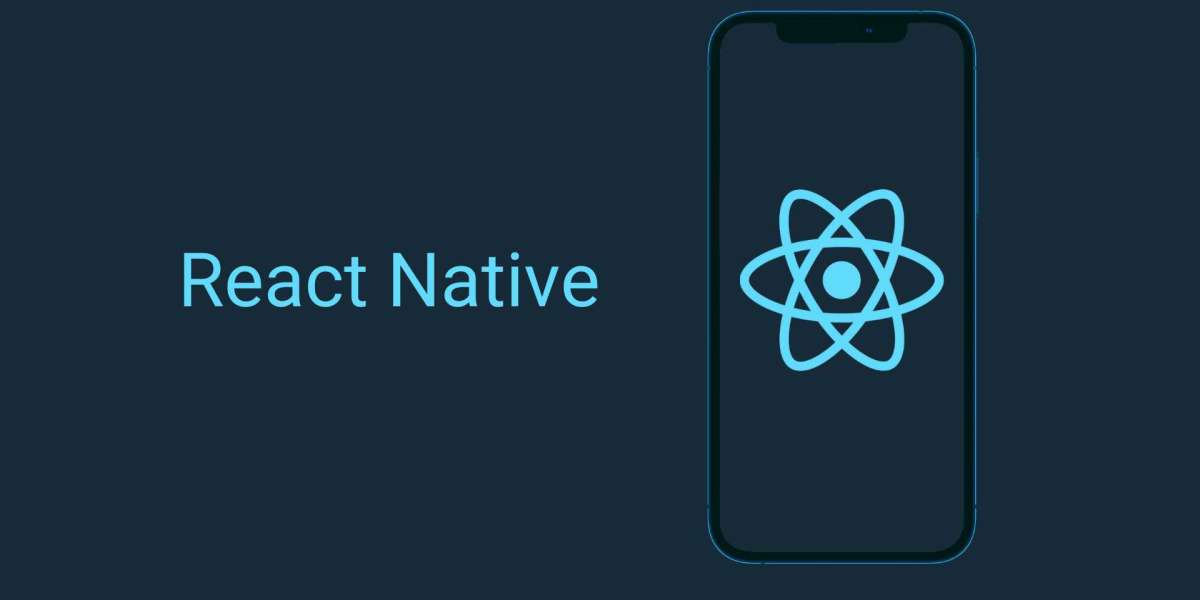Understanding and addressing these challenges is crucial for creating high-quality applications. Here, we delve into the common obstacles and provide insights to overcome them, ensuring a seamless development experience.
Performance Issues in React Native
One of the most significant challenges in React Native application development is performance optimization. While React Native provides a near-native performance, certain aspects can still lag behind purely native apps. Developers must be vigilant about:
Handling Large Data Sets
React Native might struggle with rendering large data sets efficiently. To mitigate this, developers can use libraries such as FlatList and SectionList, which are optimized for handling large lists. Ensuring that data operations are performed outside the main thread can also help in maintaining smooth performance.
Animations
Animations in React Native can be less fluid compared to native applications. Leveraging the Animated API and InteractionManager can significantly enhance animation performance. Additionally, integrating native code for complex animations can provide a smoother user experience.
Navigation
Navigation is another area where React Native development companies encounter hurdles. The complexity of navigation structures in mobile apps can lead to performance bottlenecks and inconsistencies. Developers can use libraries like React Navigation and React Native Navigation to streamline this process. However, these libraries come with their learning curves and require careful implementation to avoid performance issues.
Deep Linking
Implementing deep linking in React Native can be challenging due to the need for proper routing and state management. Effective use of tools like React Navigation’s linking configuration can simplify deep linking, ensuring a cohesive navigation experience across different app sections.
Integration with Native Modules
While React Native allows the integration of native modules, bridging the gap between JavaScript and native code can be complex. Developers must ensure that the communication between these layers is seamless to avoid performance issues and crashes.
Platform-Specific Code
Writing platform-specific code in React Native requires a deep understanding of both iOS and Android development. The use of conditional rendering and platform-specific components can help manage this complexity. However, it demands a thorough testing process to ensure consistency across platforms.
Debugging and Testing
Debugging and testing in React Native mobile application development present unique challenges due to the hybrid nature of the framework. Developers need to be adept at using tools like Reactotron, Flipper, and Chrome Developer Tools to diagnose and fix issues effectively.
How React Native Developers Are Changing the App Industry
Automated Testing
Automated testing in React Native can be tricky, especially when dealing with UI components. Tools like Detox and Appium can facilitate end-to-end testing, but they require substantial setup and maintenance.
State Management
State management is crucial in React Native applications, especially as the complexity of the app grows. Managing the state efficiently can prevent performance bottlenecks and ensure a responsive user experience.
Choosing the Right State Management Tool
There are several state management libraries available for React Native, such as Redux, MobX, and the Context API. Choosing the right tool depends on the specific needs of the application. Redux is powerful but can introduce significant boilerplate code, while MobX offers a more intuitive and less verbose approach.
Compatibility and Upgrades
Keeping up with the latest React Native versions and ensuring compatibility with third-party libraries can be daunting. Each update may introduce breaking changes or deprecated features, necessitating careful planning and testing.
Library Compatibility
Ensuring that all third-party libraries are compatible with the current version of React Native is essential. Regularly updating dependencies and following community guidelines can help mitigate compatibility issues.
User Interface Consistency
Maintaining a consistent user interface across different devices and screen sizes is a common challenge. React Native’s flexibility in styling can sometimes lead to discrepancies in the UI.
Responsive Design
Implementing responsive design principles is vital to ensure a consistent look and feel across various devices. Using tools like Flexbox and media queries can help in creating adaptive layouts that work seamlessly on both iOS and Android.
Security Concerns
Security is a critical aspect of mobile application development. React Native applications need to be fortified against common vulnerabilities such as insecure data storage, inadequate authentication, and exposure of sensitive data.
Best Practices for Security
Implementing best practices such as secure storage solutions, strong authentication mechanisms, and regular security audits can help protect React Native applications from potential threats.
Hiring Expert React Native Developers
To navigate these challenges effectively, it's crucial to hire React Native developers with a strong understanding of the framework and its intricacies. Experienced developers can anticipate potential issues and implement solutions proactively, ensuring a smooth development process.
Finding the Right Development Company
When looking for React Native development companies, consider their portfolio, expertise, and client reviews. A reputable company will have a proven track record of delivering high-quality React Native applications and can provide valuable insights and support throughout the development cycle.
Conclusion
react native app development services offer a powerful framework for developing cross-platform mobile applications, but it comes with its set of challenges. By understanding these challenges and employing best practices, developers can create robust, high-performing applications. Whether it’s optimizing performance, managing state, or ensuring security, addressing these issues head-on is key to successful React Native development.








